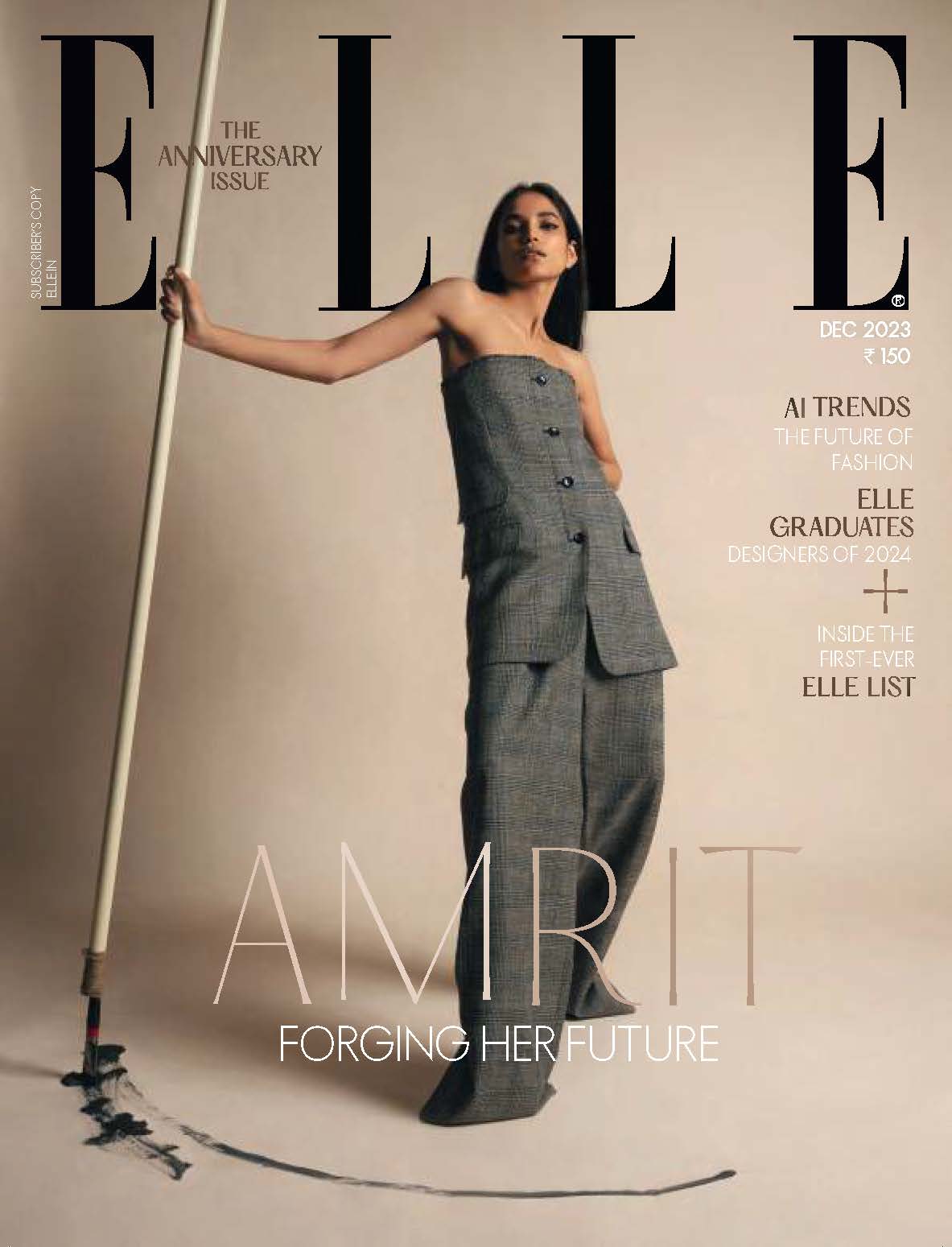Asian Civilisations Museum offers a small preview into its new jewellery gallery:

Betel box
North Sumatra, Aceh, early 20th century Gold

Buckle (pending) with belt
Singapore or Straits Settlements, early 20th century
Gold, diamonds (brilliant-cut)
Original maker’s mark: N&Z
Peranakan Museum, Gift of Mr Edmond Chin
This belt has 18 linked panels with 75 carats of diamonds. The buckle is detachable and can be worn as a brooch.
The belt was likely made by South Indian craftsmen, who are known for their expertise in setting diamonds using the “a jour” technique (diamonds set in hollow frames). This technique reduces the amount of gold needed and allows more light to pass through the stones.

Box with chain
Indonesia, Flores, 19th century or earlier
Gold

Betel box with chain (celepa)
Probably Sumatra or Northern Borneo, late 19th century
Silver

Key holder with charms (sangkut kunci)
Java, 19th century
Gold, diamonds
Collection of Dr Roger and Mrs Betty Mariette
The practice of chewing betel (makan sirih in Malay) has a long history in Southeast Asia among both urban and island communities. Chewing betel remained popular among all ethnic groups until the mid-20th century. It was an important part of social interaction and ritual, vital in every important life stage – from birth to death.
The chew, known as a quid, is prepared by smearing lime paste (calcium hydroxide) onto a betel leaf, then sprinkling on some slivers of areca nut and bits of gambier.
For those who could afford them, finely made betel sets, with small containers for storage and presentation of each ingredient, displayed the status of their owners. Many of these sets became family heirlooms, passed down usually through the female line. This practice was so common that portable betel boxes were made to hold ingredients for use when travelling. Such boxes were generally attached to a smaller lime box or set of grooming tools.

Set of blouse fasteners (kerongsang)
Malay Peninsula, Penang, late 19th century
Gold, pink rubies, diamonds
Collection of Dr Roger and Mrs Betty Mariette
Sets of fasteners used to close the front of a blouse or tunic are called kerongsang in Malay. They are commonly found in groups of three, although sets of up to five do exist. For centuries, kerongsang have been worn by women of many communities in island Southeast Asia, including both indigenous and mixed heritage groups.
This set comprises a larger, heart-shaped brooch (kerongsang ibu, “mother”) and two smaller circlets (kerongsang anak, “child”). They are worn with the largest brooch at the top and the smaller ones below.

Pendant
Central Java, Surakarta, late 19th century
Gold, diamonds (old mine-cut)

Set of blouse fasteners (kerongsang)
Straits Settlements, late 19th or early 20th century
Gold, diamonds (rose-cut), seed pearls

Brooch (bintang)
Straits Settlements, early 20th century
Gold, diamonds (brilliant-cut)
Diamonds (intan in Malay) were relatively abundant in Southeast Asia; the most important mines were Landak and Sango in West Kalimantan and Banjarmasin in South Kalimantan. Through the centuries, India, Brazil, South Africa, Russia, Australia, and Canada have increased the world’s supply of this precious gem. Technical innovations in diamond cutting greatly altered jewellery design and the way stones are set.
Older cuts (like the old mine-cut and rose-cut) have larger facets. Since the 1920s, the brilliant-cut (berlian in Malay) – with more facets, allowing more light to pass through, has become the standard.

Modesty plate (caping)
Malay Peninsula, late 19th or early 20th century
Silver

Modesty plate (caping)
Malay Peninsula, late 19th or early 20th century
Gold
Gift of Mr Edmond Chin

Modesty plate (caping)
Sulawesi, Gowa, 20th century
Gold
The Bak Collection



